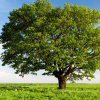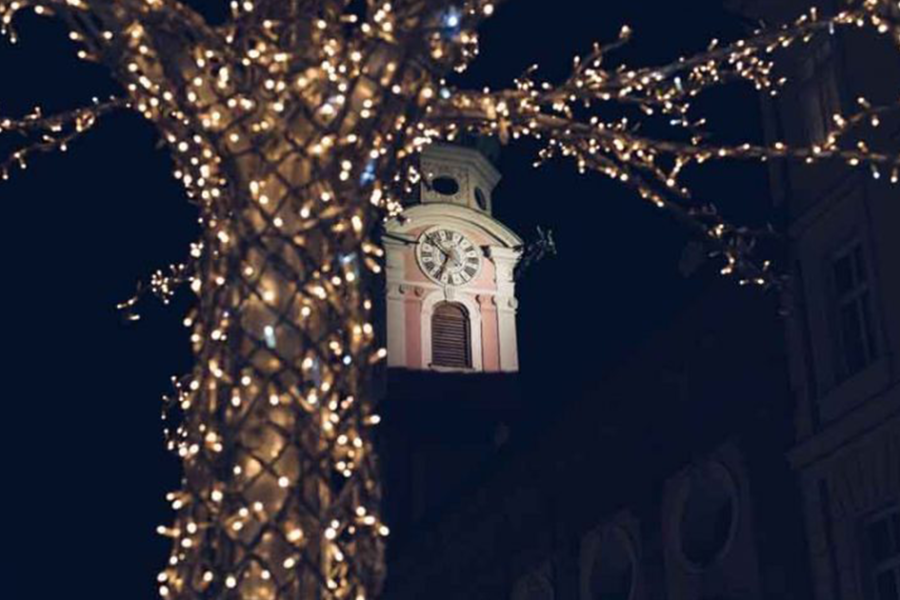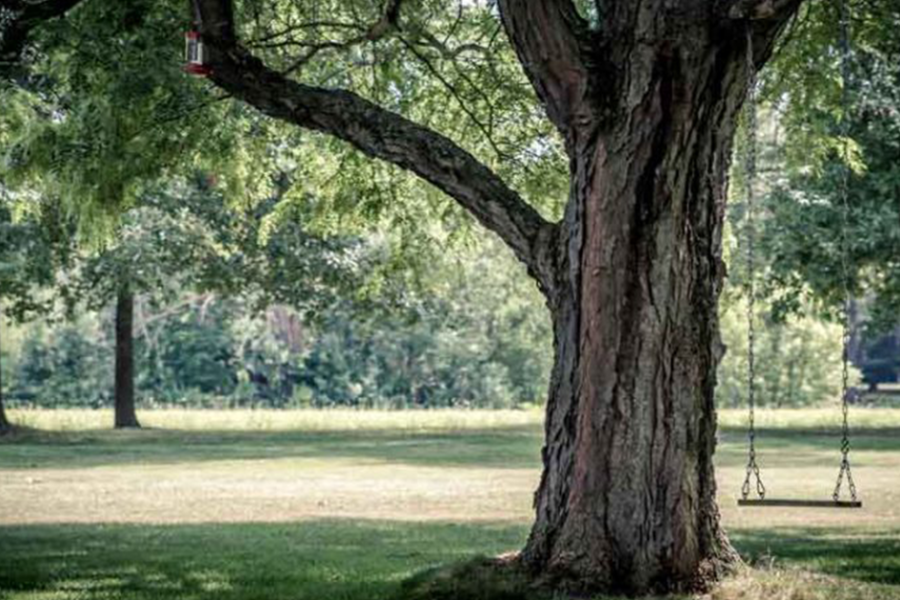
Want to learn about the history of Arbor Day and what makes it special?
The word arbor, or arbour, is Latin for tree. So the term Arbor Day actually means “tree day”. Arbor Day is a holiday popularly observed in the U.S. and Canada. It is a special day set aside to celebrate the beauty and the value of trees to our environment.
During Arbor Day, people are coaxed to plant trees, as well as care for them. In the U.S. and Canada, Arbor Day usually happens in the spring, although the date may vary between states and regions depending on the climate and the optimum time for planting trees.
But you know what else?
Contrary to popular belief, Arbor Day is actually celebrated in many different countries around the world, including Australia, China, Egypt, Germany, Israel, New Zealand, Philippines, South Africa, Spain, United Kingdom, Venezuela, and many other nations.
The following is a small collection of historical facts about Arbor Day history, some of which you might find quite interesting.
7 Historical Facts about Arbor Day – The Celebration of Trees
The first Arbor Day festival occurred in 1594.
You may find this surprising, but the US did not pioneer Arbor Day. The first ever documented Arbor Day celebration actually took place in Mondoñedo in 1594, set up by its then mayor.
In 1805, the village of Villanueva de la Sierra celebrated the first modern Arbor Day festival; this time organized by a local cleric with the support of the town’s populace.
Nebraska City, Nebraska held the first-ever American Arbor Day in 1872.
It was a journalist from Detroit, Michigan who moved to Nebraska in 1854 that originated the first Arbor Day in the US. His name was Julius Sterling Morton. On the 10th of April 1872, an estimated one million trees were planted in the Nebraska territory.
The Nebraska territory was naturally a treeless prairie landscape.
During the pioneer days, there was a serious lack of trees along the northeast and the western territories. This was due to the massive deforestation effort instituted by the European colonists who came to America.
The hot shadeless summers, scarcity of building materials, and lack of windbreaks to keep tilled soil in place were just a few of the many problems faced by pioneers back then. It was Morton who saw a clear solution to the problem. Plant a tree, millions of them.
Roosevelt, with Pennsylvania conservationist McCreight’s recommendation, helped disseminate the importance of trees and forestry all across America.
On the 15th of April 1907, President Theodore Roosevelt delivered an Arbor Day pronouncement about the importance of trees and forestry, and how it should be taught to all school children all over the United States.
The proclamation was prompted by Pennsylvania conservationist Major Israel McCreight, who recommended a national policy that educates the youth of America about conservation and the significance of trees and forestry.
J. Sterling Morton and his wife were lovers of nature.
In 1854, upon moving into their new home in Nebraska, Morton and his wife quickly planted trees, shrubs, and other plant life on their property. As a journalist and an editor of Nebraska’s premier newspaper, Morton shared agricultural information with his avid readers, encouraging not just individuals, but civic groups as well, to plant trees.
By the time he organized the first-ever Arbor Day celebration in America in 1872, J. Sterling Morton was already secretary of the Nebraska Territory, giving him an opportunity to spread the importance of trees to an even bigger audience.
Birdsey Northrop was the one who globalized Arbor Day.
It was Birdsey Northrop from Connecticut who brought attention to Arbor Day in the International community during his visit to Japan in 1883. There, he delivered his village improvement speech, which stressed the importance of trees and promoted Arbor Day to the Japanese. He also delivered his Arbor Day message to Europe, Canada, and Australia.
In December of 2004, the US Congress officially designated the Oak Tree as America’s national tree.
In 2004, the National Arbor Day Foundation initiated an online poll to choose a national tree. Not surprisingly, the oak tree won the vote by a landslide, prompting the US Congress to pass a legislation naming the Oaktree America’s national tree.









